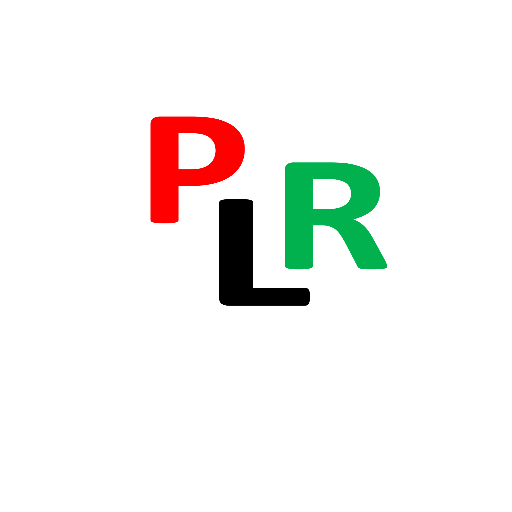PLRONLINE.in
Punjab Law Reporter subscribption (@Rs 2800/- for 2025) : 1year subscription to PLR ( monthly parts) + Full site subscription for www.PLRonline.in
PLRonline.in Subscription for 365 days
Subscription
UPI : plronline@axisbank
Gpay : 9216884502
Bank account details on demand : Call 7009097337 |
email : punjablawreporter@gmail.com
Whatsapp : Click here

